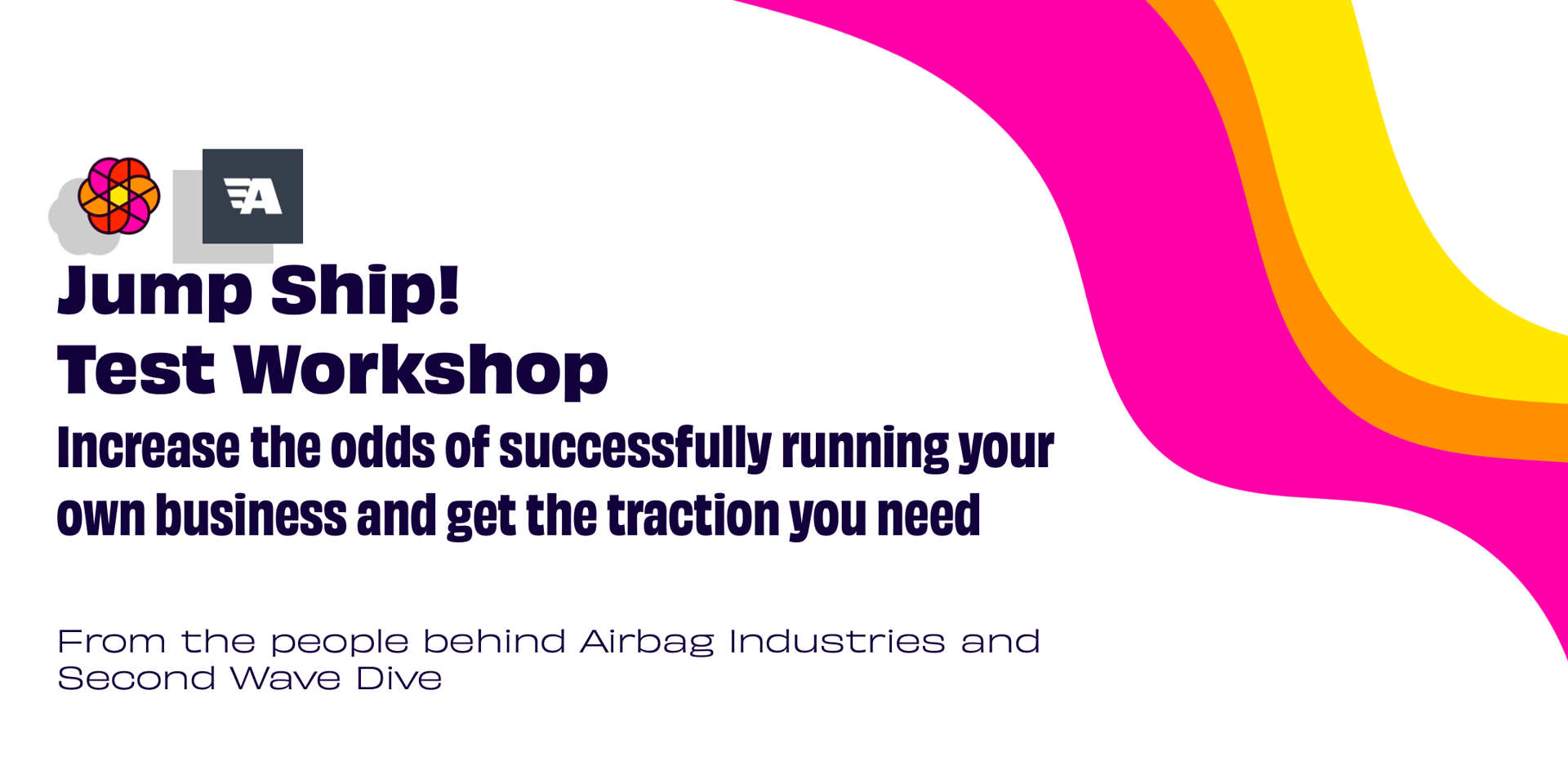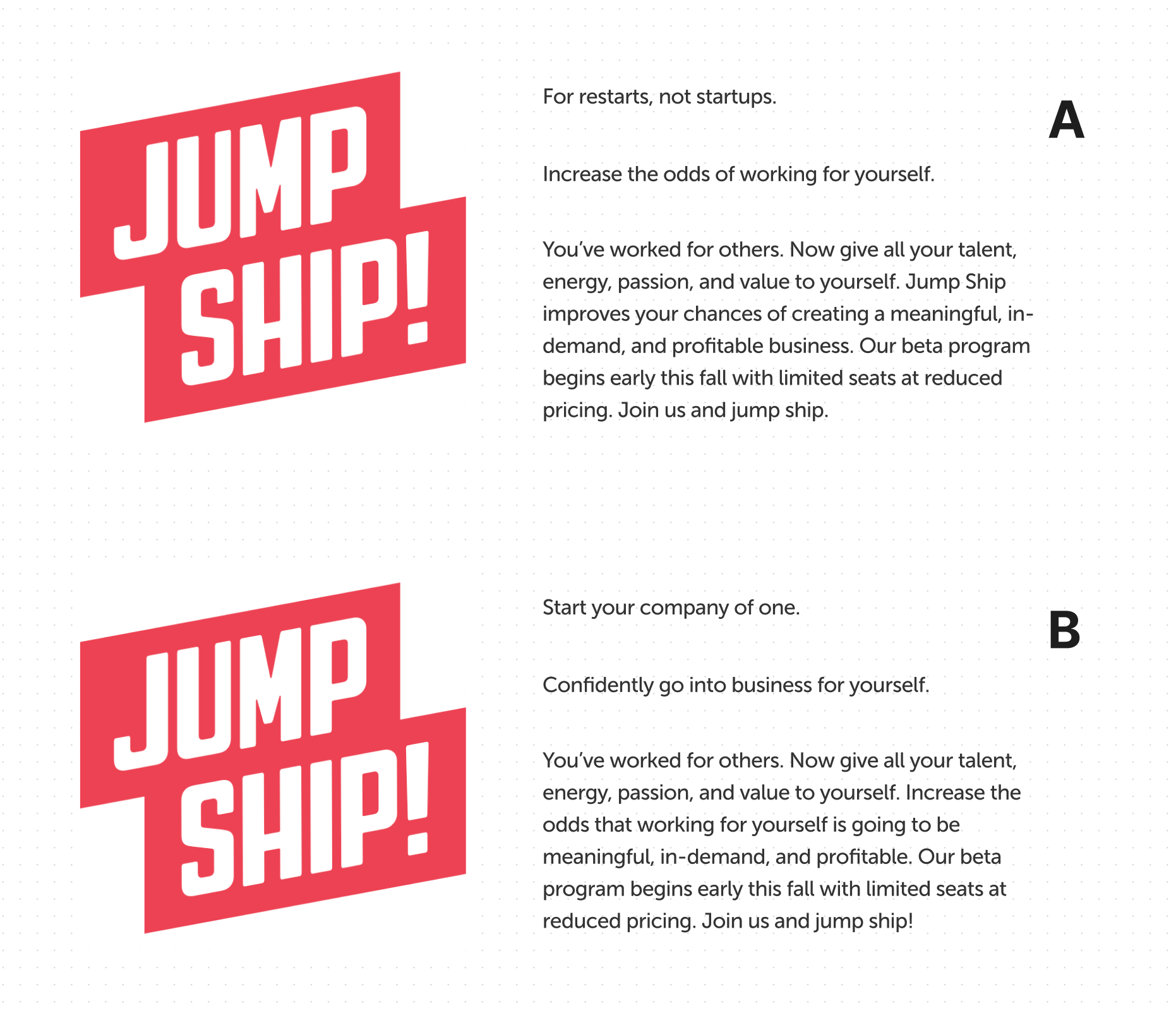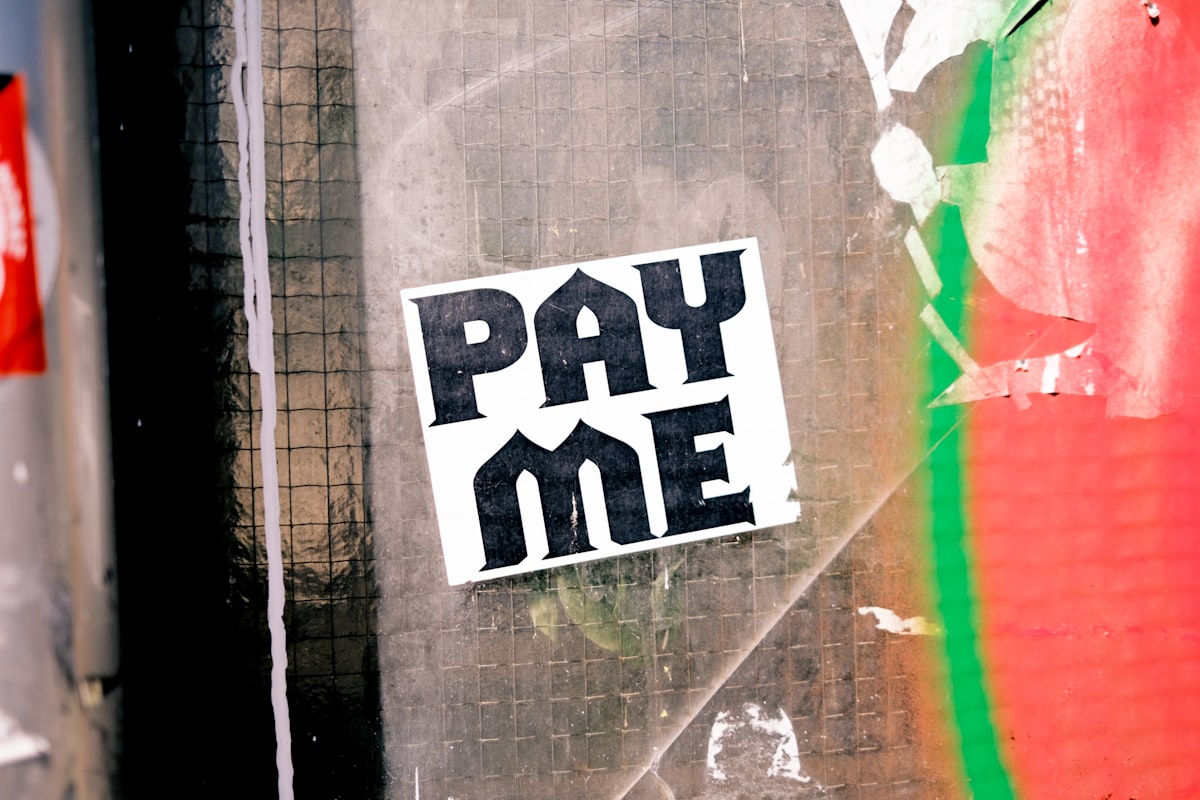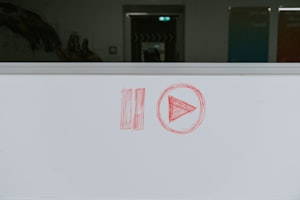Howdy. It's Ryan again.
One of the more meta concepts behind Jump Ship is that it's both a structure Greg and I are using to build this business and a structure we're using as a service to help others start their own business. After all, we can't really sell others on the idea that we can help if we're not using it to help ourselves. This brings us to a very important question in any entrepreneur's journey.
How can I get clients?
I ran a silly little poll on LinkedIn last week asking others what has prevented them from going to work for themselves. The number one answer was "not sure how to get clients." Now, I imagine that many of these people have searched for an answer to this question in their favorite search engine but still don't feel very confident about how they can actually get clients.
When starting a new business, especially a product or service business, it's essential to run many tests to determine if you're providing something new or novel to your customers. Greg and I have been running many of these tests for the last few months. Neither of us has FU money or trust funds, so it's been important that we run these tests as cheaply as possible.
Forget failing fast. We believe it's essential to succeed cheaply. One of the big lessons in Jump Ship! is you can get a lot of valuable data about your service or audience without spending a whole lotta money. This data is crucial to helping you get clients.
Here are four ways I've tried to get clients, all on the cheap, and a fifth way that has CONSISTENTLY WORKED BETTER than all of them:
- Buying ads: Generally speaking, I suck at small, concise copywriting. Ads that do well have small, concise copywriting. Early on with Second Wave Dive, I sold some Instagram and LinkedIn ads as a test to see how they work. They completely failed.
Why? Well, I didn't buy a lot (remember, succeed cheap), my typical audience can spot an ad a mile away, and I was just copying "best practices" that I saw others doing without really thinking my positioning. Buying ads is easy, but that doesn't mean they'll work. - Cold emailing/posting to a community: I've never sent cold emails. I know cold emailing can work, but damn, I do hate cold emailing. Cold emails are those emails you get from someone you don't know thinking they have an idea of what you need and sending you their solution. I hate these emails. I know they might work, but the volume of emails I'd have to send would be substantial to get one sale. Also, there's a reason they're called cold. They lack any sort of authenticity or approachability. I find them gross, but understand that some are cool with getting them.
Different than sending cold emails, I have posted cold to communities I belong to. If a community has a channel to post events, I have posted occasionally to these channels. I have had a few clients reach out from these posts, but it's somewhat infrequent and they're no clear pattern. Also, if the only activity I have in the community is posting links to my events, there's no way anyone would take me seriously. Everyone knows who's just trying to sell their shit. It's critical that if I post cold links inside a community that I belong to I am active in other parts of the community too because I enjoy being part of that community.
Like ads, cold emails, and community posts are relatively easy, but do not have a very high or reliable conversion rate. Spending time on these things takes away my time from things below. - Referrals: Once you get clients, and you do a good job helping them, they will refer you. Time and time again, I've woken up to an email in my inbox, message in a community, or a request to connect on LinkedIn where someone has mentioned they are interested in working with me because "so-and-so sent me."
Referrals are AMAZING. It feels so good when you get them. Still, they're a bit sporadic, making it difficult to build a plan around. - Sharing free, actionable content: This works pretty well! If you make things, people will come. If you provide downloadable content that people can use, people will come. And I have forgotten this lesson a lot over the years.
The free stuff you provide has a limited shelf time. Essentially, people hear about it, go get it, get in touch with you, and then something else shows up, and people run to that. The best content for me is sharing downloadable PDFs, email courses, Figma, or Mural templates.
Btw, When I was thinking about writing my book, I wanted to give it away for free. Yes, it cost me time to write the book, but zero extra dollars were spent during the process. I did it in Google Docs and made the images in Keynote. I don't know the latest data, but at last count, I was told that my book had been downloaded over 50k times! That simple book, essentially free downloadable content, got me the majority of my clients in 2020. My next book (hint, hint) will be self-published soon. If I can get 20% of those numbers, I'll be ecstatic.
Hosting free, then low-cost test workshops has worked better than any other approach by far!
I did this at the start of Second Wave Dive and still do it today with CDO School. The first public thing I ever did for Second Wave Dive was a test workshop called Design Meets Business. This was before I wrote my book, back when I maybe had 1300 Twitter followers (only because I started on it in 2007), and weeks after I left my job at USAA.
I was living in Austin, reached out to several friends and peers and asked them if they'd like to help me test my workshop. In exchange, I bought them lunch and asked them to give me direct feedback. 10 people showed up and stayed for a whole 8 hours!
One of those attendees, Josh Bullock, worked at Dell. He told his boss about what I was doing and suddenly, I had my first contract for $15,000 to give a workshop to 15 Dell employees over two days. That's right, a free workshop turned into a referral. Not only that, testing my workshop and getting feedback gave me the confidence to announce my first public courses. To my astonishment, 15 people, most of whom I didn't know, signed up and completed a six week course that didn't exist only a couple months prior.
As you can maybe see, the most reliable ways I've gotten clients required me to do the most work. Shortcuts simply haven't worked for me as a small business owner. Both in terms of volume and in how authentic I found the exercise to be. I know they work, but thus far those who have approached me over the years about being an entrepreneur have felt the same way about cold emails and ads.
We're relying on what has worked
Time and time again, testing ideas, not talking about them, has been the most reliable way to find clients. We've been doing it with Jump Ship for six months now too.
The first test was running several small workshops back in March, April, and June. We wanted to run these workshops using tools we were already using and/or paying for. The focus was getting valuable data and feedback at ZERO additional costs. We used my existing Figma, Lu.ma, and Zoom accounts for these workshops. Here's the actual test workshop event page. Below is the workshop banner from that event page.

Instead of charging for these workshops, we gave them for free to a limited number of attendees. Why? We needed data and feedback to determine if the fundamental concept of Jump Ship!, our positioning, business model, service, etc., was clicking with potential clients before we told the world we were doing this. And for the attendees, we told them they would get some rad insights for free in exchange. Win-win scenario!
We invited 13 people we knew who had previously discussed starting a company or wanted help with their current positioning. 10 people signed up. Yes, we 1. already knew these people, 2. they trusted us, and 3. it was free. But, we also asked them to commit to 7 hours of workshopping over two days, which posed a serious time commitment for them to join. Despite that time commitment, a 77% conversion rate is something to be proud of.
After six months of testing, we're ready to share our first public workshop. It will have limited availability but will also be much more affordable than these will be in the future. More of this soon!
One of the tests Greg and I will try with this launch is a different type of advertising. We've both been big fans of the weekly tech newsletter Dense Discovery. Something I haven't tried before, mostly because I was in my own head, was advertising with someone whose content we appreciate. We've purchased some sponsorship space inside the DD newsletter over the next few months to see if this type of advertising works better.
And another test we're doing on the cheap and we need your help. I've shared two options for our ad copy below. I would love to hear which option resonates with you most–A or B. Add your vote to the comments.

Cheers,
R





